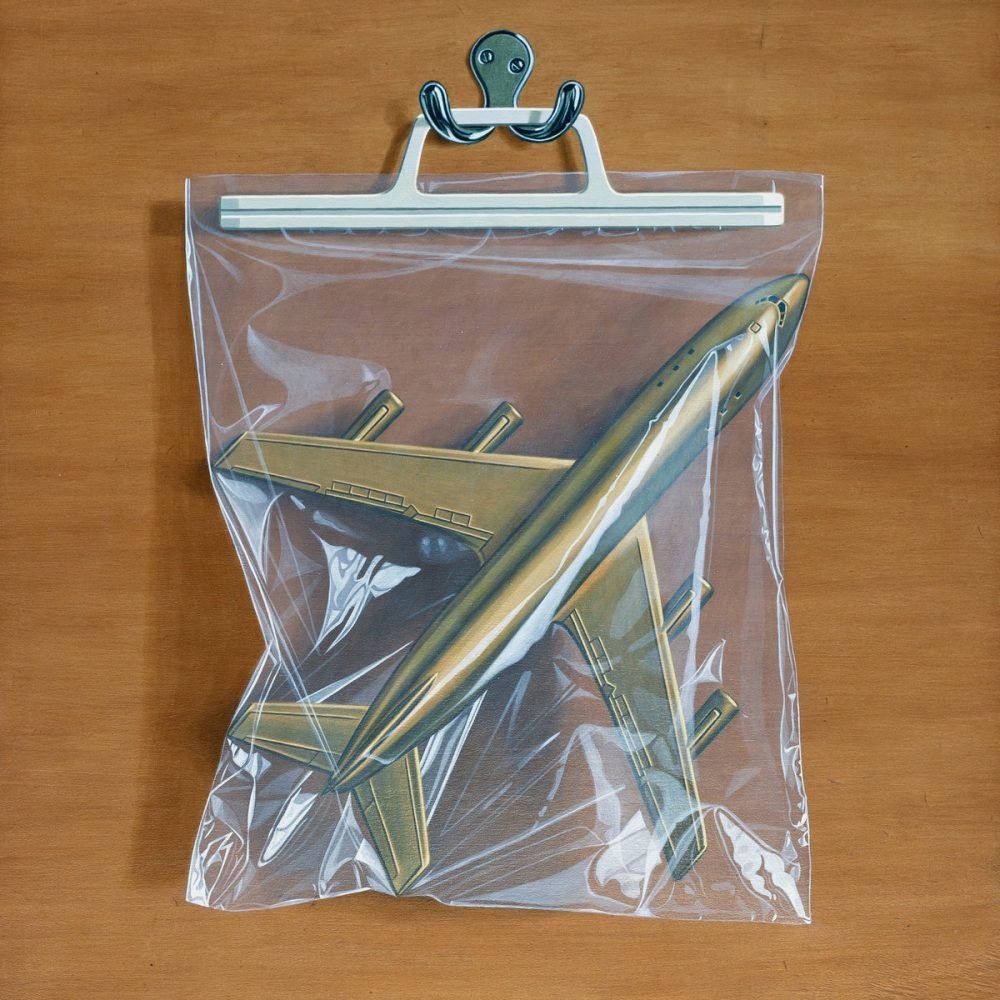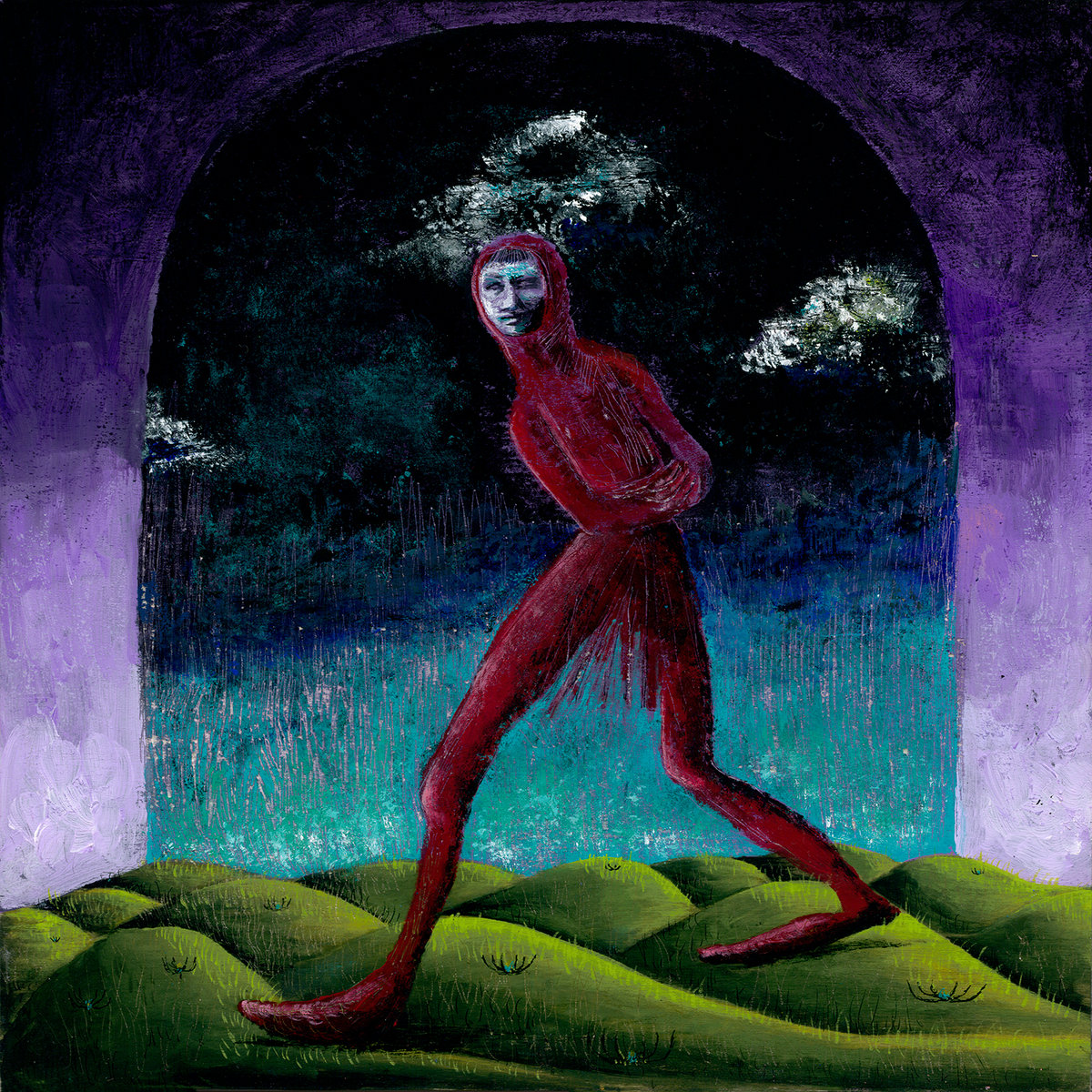Feeling It All for the First Time
/We are coming up on two years of a world-altering event. Two years of learning a new mode of operation. Two years of living alongside death and disfunction on a previously unforeseen scale. We have been witness to horrors and dreads that I could never have conceived of, and we are still subject to them every day. We’ve all learned to cope with this change in different ways, and I’ve only recently begun to recognize my own.
To that end, I’ve learned a great deal about myself over the last two years. I’ve started to recognize my strengths and my faults from a more objective distance. I’ve discovered what makes me powerful and unique. Conversely, I’ve also uncovered things I need to work on and improve. Things I want to work on and improve.
I’ve only recently realized that, over the course of my adult life, I’ve gotten increasingly detached from my feelings. First, it was to build up a protective wall against rejection both romantically and professionally. The romantic side speaks for itself, but I also work in a creative field, and it can feel awful when someone criticizes your thoughts or picks apart something you’ve worked so hard on. Regardless, in both of these cases, there’s nothing worse than putting yourself out there and being met with either indifference or flat-out rejection.
Over the span of years, those feelings, both good and bad, have all faded. At various points, I’d like to think that the gradual disconnect between my head and my heart has aided me immensely. Living through everything we have over the past couple of years has been hard, and being able to compartmentalize all of that trauma has been a method I’ve used to help continue onward. It may not be the right tool, but it is a tool.
But the thing about compartmentalization is that those compartments need to open up eventually.
Once I started taking stock, I realized I was sitting on massive caches of these little compartments. Years and years worth of bottled-up feelings that I’ve been stockpiling. Once I began to realize the scope of these unaddressed emotions, I had no idea what to do next. I’m not sure what I need to do with them or how I can even articulate them. It feels like an almost impossible task.
Despite all this, I’m an optimist. As arduous and improbable as this journey seems, the wonderful part is that being in touch with your feelings brings good just as much as it brings bad. You’re of no use to anyone cold and indifferent, and that’s what the world wants.
Once I started to realize this, I made it my mission to feel things more. First, it was a lot of pain and betrayal. Then it was anger at myself and at the world. Eventually, it scaled up to grappling with systematic problems and figuring out not only how I fit into those, but how I can reject or dismantle them. Ultimately, the conclusion I arrived at is that things may be bleak, but I still have hope. And that is enough.
Sure, you can bottle things up and pass through life. I can’t deny the appeal to that. It’s pragmatic and, in some ways, easier than the alternative. But after a while, you start to feel like a ghost.
So I’ve been grappling with all of this over the past few months. I’ve been trying to improve myself, consciously recognize my own thought patterns, and include myself in my feelings more often. Ironically, I realized that this whole time I’d only been rejecting myself. It’s been a hard process, but it’s work that I finally want to do. It’s work that I owe myself and the people in my life; I want to be better for myself and for them.
Just as I have been coming to terms with this process and found myself standing out over the cliff of all this, something beautiful has happened. I met someone who is sweet, and loving, and smart, and kind, and brilliant, and inspiring, and beautiful, and funny. I really like them, and somehow they really like me. And I don’t feel worthy of it.
I think that this is all happening at the same time for a reason. So I can embark upon this journey with a goal. To continue to feel these feelings and to use love as the carrot on the end of the stick. The same week that this relationship came to fruition, Black Country, New Road released Ants From Up There.
I’m not really a post-punk guy, but this also isn’t a post-punk record. This album has been on my radar since it was announced, but I wouldn’t say I was particularly excited for it. I didn’t listen to any of the singles, and I haven’t been revisiting any of their past work. The band name and album title have just been sitting there in my new music Google doc staring at me unfeelingly in a 12 point Calibri font for months.
This isn’t even really a post about this album. I’m not going to talk about the songs or the lyrics, or the lineup drama, or anything of that nature. Go to Pitchfork for that. This is a post about serendipity.
In listening to Ants, one thing began to emerge; the idea of feelings. It didn’t remind me of the band’s first album (which I liked fine at the time, but didn’t really return to much). For The First Time was artsy and winding and poetic, but it was also dark and mired in itself. Ants From Up There feels like the opposite. While the first album anguished in the details of everyday life, the group’s sophomore album feels like a direct counterpoint. This album is marvelous, soaring, and affirming. It reaches out for something beautiful and external as opposed to looking inward and digging out something dark. But I guess what I’m learning is that you have to do one before you can do the other. You have to do at least some of the hard work before reaping the rewards; otherwise, it all just rings hollow.
This album feels like breaking through the clouds and seeing the world from a new perspective. It’s feeling hope and love for the first time in far too long. It’s returning to your own feelings like the comforting warmth of a friend. It’s exhilarating, and it’s exhausting.
Once I finished the record, I thought to myself, ‘I don’t know how I’m supposed to just go on about my day.’ That’s something I haven’t felt in ages, but also something that I was lucky enough to have felt once earlier this week after sharing my heart with that same person I mentioned earlier. It reminded me how good it can feel to experience those things. It feels like a grand affirmation to have this album released the same week, and in so many ways, it feels like a sign. It feels like I’m doing the right thing, that I’m moving in the right direction. It feels like I’m ready to love and be loved.
In the wake of this album, I am writing a lot, but I am also speechless. Ants From Up There sounds like the totality of feeling, and for the first time in a long time, I am ready to open myself up to that. Life is going to be hard, but there’s a power to be felt in that admission.
There’s beauty to be witnessed alongside the horror.
There’s love to be held alongside the pain.
There’s triumph to be felt alongside the discord.
That’s what makes it all worth it.
I am awestruck by the size of it
I am small, and I am humbled.
I am daunted, and I am scared.
But I am also ready to open myself up to it.
Finally.


























